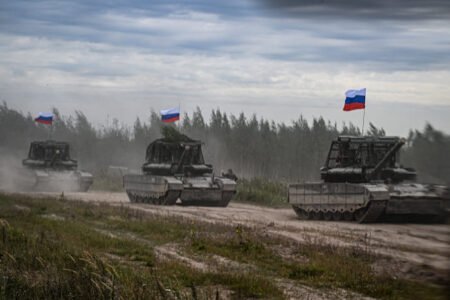Central Asia is a vast and diverse region located in the heart of the Asian continent. It traditionally includes five countries: Kazakhstan, Kyrgyzstan, Tajikistan, Turkmenistan, and Uzbekistan. These nations share a common history and geography but have unique cultures and political landscapes. Central Asia has long been a key crossroads of civilizations, playing a major role in connecting the East and West.
Historically, Central Asia was an essential part of the ancient Silk Road trade routes. These routes linked China, the Middle East, Europe, and South Asia, facilitating the exchange of goods, ideas, and cultures. The region’s rich history includes rule by many empires such as the Persians, Greeks under Alexander the Great, Mongols under Genghis Khan, and Timurids. This legacy has created a cultural mosaic with diverse ethnic groups including Kazakhs, Uzbeks, Tajiks, Turkmens, Kyrgyz, and smaller minorities. The main languages spoken in the region are Turkic languages like Kazakh, Uzbek, Turkmen, and Kyrgyz, as well as Persian (especially Tajik) and Russian, which serves as a common language in many areas.
Following the collapse of the Soviet Union in 1991, the five Central Asian republics became independent nations. Since gaining independence, these countries have focused on building their own national identities, economies, and political systems. The political landscape across Central Asia varies, with some countries maintaining authoritarian governments while others experiment with greater political openness. Each country faces unique challenges as they develop their governance and international relations.
Central Asia’s economy is largely based on its rich natural resources, particularly oil, natural gas, minerals, and metals. Kazakhstan, Turkmenistan, and Uzbekistan are notable for their energy exports, which are a significant part of their national economies. The region also produces agricultural goods and is working to diversify its economies by investing in manufacturing, services, tourism, and technology. These efforts aim to reduce dependence on natural resources and build more sustainable growth.
Geographically, Central Asia holds a strategic position between Russia to the north, China to the east, South Asia to the south, and Europe to the west. This location makes the region a crucial hub for international trade and energy transit. Trade routes like the Middle Corridor, which passes through Central Asia and the South Caucasus, are designed to facilitate the movement of goods between Asia and Europe while offering alternatives to more politically unstable routes. This corridor highlights Central Asia’s growing importance in global commerce and logistics.
Despite its many strengths, Central Asia faces several challenges. Political stability remains a concern in some countries, and economic dependence on natural resources makes growth vulnerable to market fluctuations. Environmental issues, such as the dramatic shrinking of the Aral Sea, have created ecological and social problems. Unemployment and migration are ongoing social challenges, and the countries of the region must carefully balance their relations with major powers such as Russia, China, and the United States to maintain sovereignty and security.
To address these challenges, Central Asian nations participate in various regional cooperation organizations. The Shanghai Cooperation Organization (SCO), which includes China and Russia along with Central Asian states, focuses on security and economic collaboration. Other organizations like the Economic Cooperation Organization (ECO) help foster trade and development in the region. These groups promote dialogue and partnership among Central Asian countries and their neighbors.
Central Asia is also known for its rich cultural heritage, with impressive Islamic architecture, ancient cities, and vibrant traditions. Cities such as Samarkand, Bukhara, and Khiva attract tourists interested in history and culture. Music, dance, and crafts reflect the deep traditions of the region’s diverse peoples. Tourism is an increasingly important sector as countries promote their historical and natural attractions to the world.
Overall, Central Asia is a region of significant historical importance, strategic value, and economic potential. Its unique location at the crossroads of continents and cultures, combined with its rich natural resources and growing regional cooperation, makes it a vital player in global affairs. As these countries continue to develop politically and economically, Central Asia is likely to remain a key area for international investment, trade, and cultural exchange.







